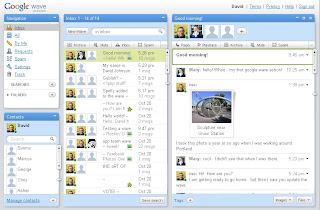This is one of my guiding principles for work
Everything you do should serve one or more of the following groups
1) The company
2) The clients
3) The co-workers
1) The company
Generally, this means the work should serve to keep revenue coming in. After all, if the company doesn't make money, we don't get paid.
Make stuff that people will buy.
2) The clients
Generally, this means the work should serve the needs of the clients in the market.
If we were in the hotel business, that would mean making sure the guest enjoyed their stay.
If we were in the software business, that would mean creating cool things that allow them to work more efficiently or have more fun playing a game, etc.
Make stuff that people will use.
3) The co-workers
Generally, this means the work shouldn't make life more difficult for others to carry out their job.
Make stuff that can be supported.
Here is an example where these needs were a little at odds with each other when I was working at a hotel.
One of the guests was celebrating their anniversary and wanted their bedroom to be very romantic so he talked to the concierge and arranged to have rose petals strewn about the bed. He gave the concierge money for the flowers and a nice tip to get it all arranged while they were sightseeing. They come back after a nice dinner and its wonderful. They check out, pay their bill and everything hunky dory, right?
Well, an hour or two later, we get a call from housekeeping because rose petals are extremely difficult to pick up. You can't vacuum them and sweeping them is almost as frustrating. Because of the petals' concave form, they just stick to the floor.
You might think, so they just have to clean it up and move on. Well, each housekeeper gets a list of rooms they have to "turn,"
Depending on the property, about 30 minutes is allocated for each room, so for an eight hour shift, that's about 14 rooms, allowing for a 30 minute lunch and two 15 min. breaks. So when you get near to the end of your commitment and suddenly you find out that you got more than you bargained for, its a little frustrating.
I think this situation can sometimes be encountered with software programming. I won't bother you with such a detailed example, but it is like agreeing to do a small enhancement that turns out to take much more effort than first expected.
The key in both cases, is to do a once over at the beginning to make sure there are no surprises, but to also allow some breathing room for emergencies or unexpected changes.













